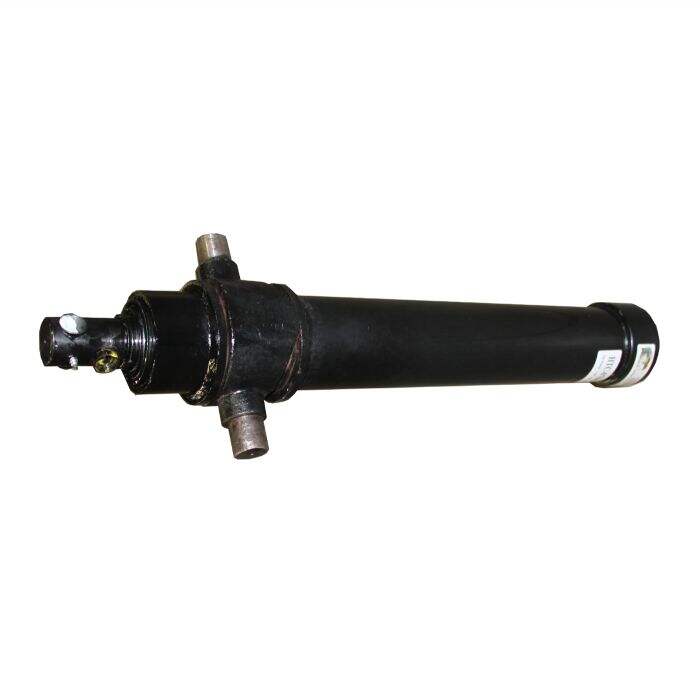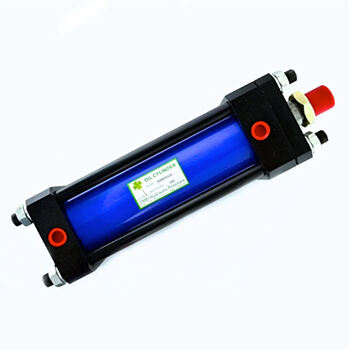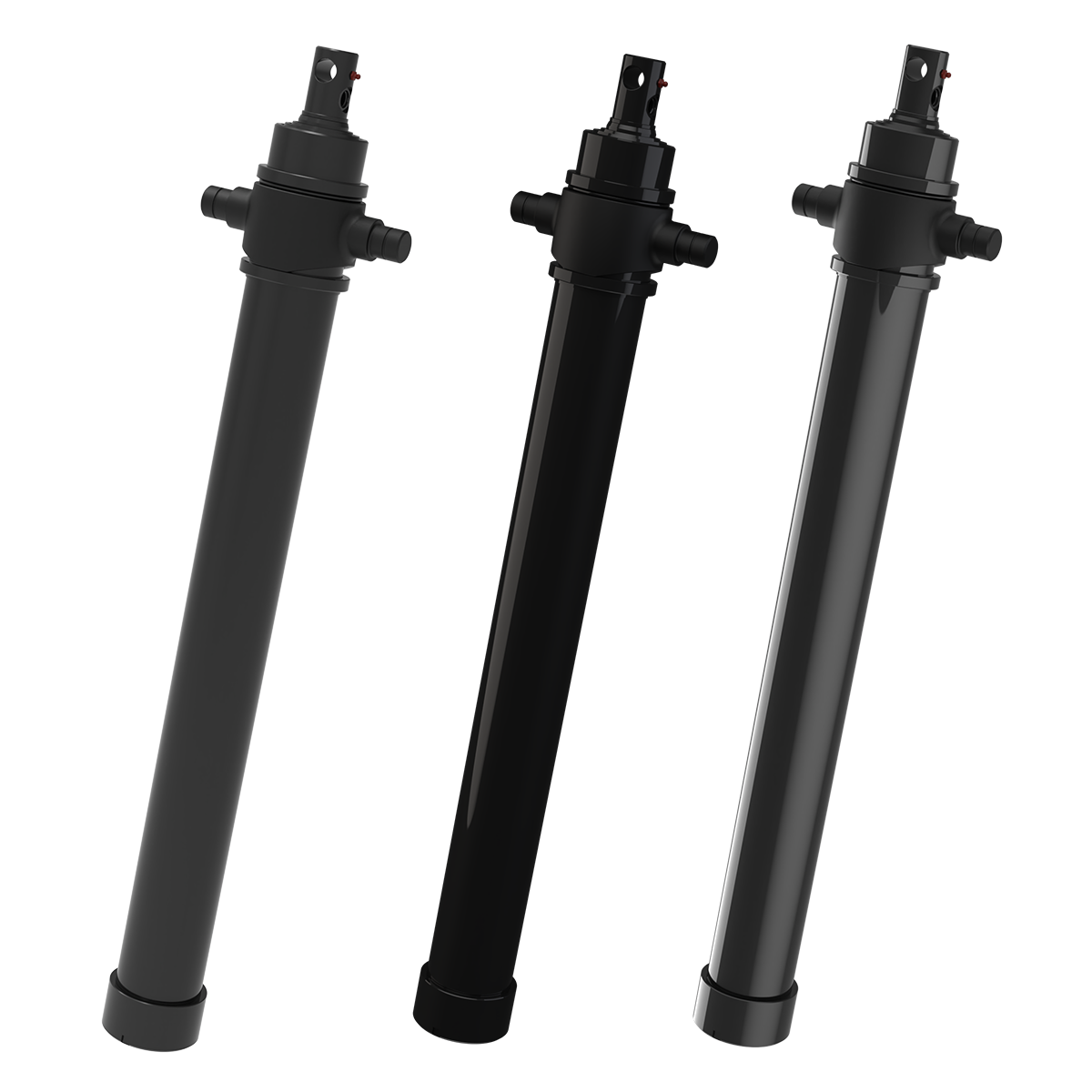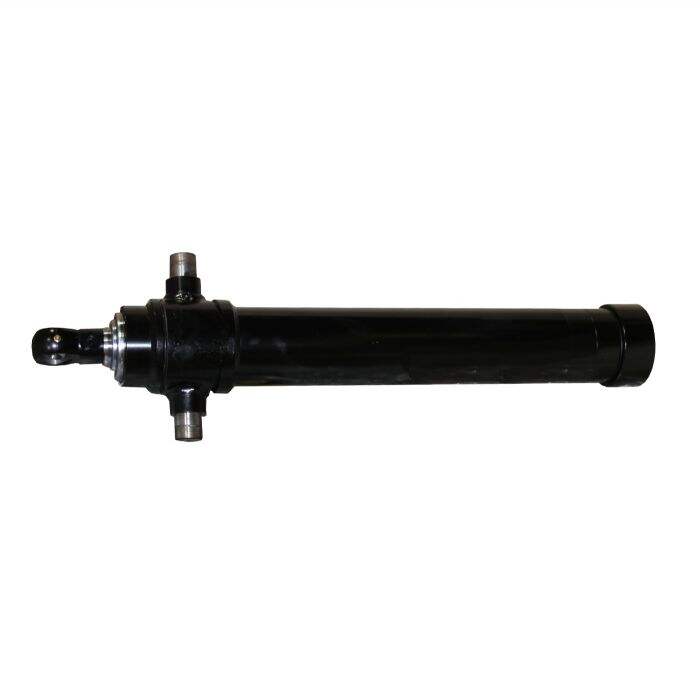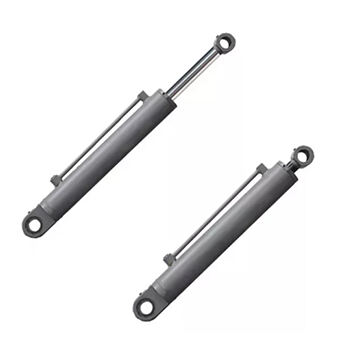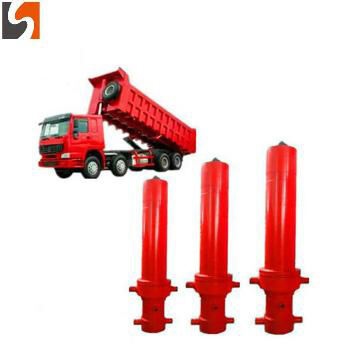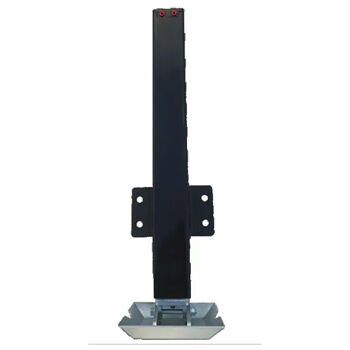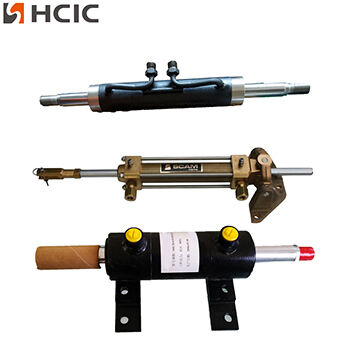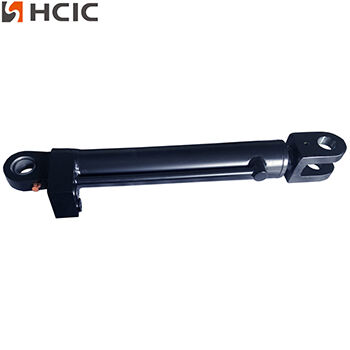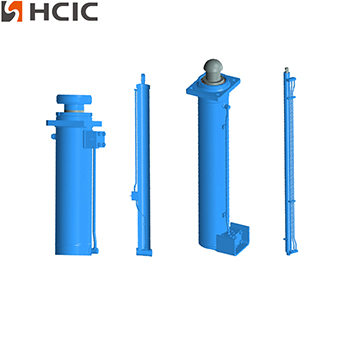how to Identifying the Root Cause of Cylinder Failure
Sep 27, 2024
When disassembling a hydraulic cylinder due to a failure, be sure to identify the root cause of the problem. Simply repairing the damage without addressing the underlying issue may lead to recurring failures, an incredibly frustrating scenario. Always take the time to analyze the components and the system as a whole to determine what led to the cylinder failure and take appropriate steps to prevent future issues from happening again.
Identifying the root cause of hydraulic cylinder failure is crucial for maintaining the efficiency and longevity of hydraulic systems. This comprehensive guide will delve into the various aspects of diagnosing and addressing cylinder failures, covering common causes, diagnostic methods, and preventive measures.
Introduction
Hydraulic cylinders are vital components in many industrial and mobile applications, converting hydraulic energy into mechanical force. Despite their robustness, they are susceptible to various failures that can disrupt operations. Understanding the root causes of these failures is essential for effective maintenance and repair.
Common Causes of Hydraulic Cylinder Failure
1. Seal Failure
Causes: Seal failure is often due to wear and tear, improper installation, contamination, or extreme temperatures. Seals can degrade over time, leading to leaks and loss of pressure.
Symptoms: Visible leaks, reduced performance, and erratic cylinder movement.
Diagnosis: Inspect seals for cracks, deformation, or wear. Use pressure tests to identify leaks.
2. Fluid Contamination
Causes: Contaminants such as dirt, metal particles, or water can enter the hydraulic fluid, causing abrasion and corrosion.
Symptoms: Scratched cylinder interiors, damaged seals, and blocked ports.
Diagnosis: Analyze hydraulic fluid samples for contaminants. Inspect internal components for signs of abrasion or corrosion.
3. Extreme Temperatures
Causes: Operating in very high or low temperatures can affect the viscosity of hydraulic fluid and the integrity of seals.
Symptoms: Brittle seals, fluid degradation, and reduced efficiency.
Diagnosis: Monitor operating temperatures and inspect seals for brittleness or deformation.
4. Cylinder Drift
Causes: Internal leaks, faulty seals, or insufficient hydraulic fluid pressure can cause cylinder drift.
Symptoms: Unintended movement or failure to maintain position.
Diagnosis: Perform pressure tests and inspect seals for leaks.
5. Side Load
Causes: Misalignment or improper mounting can cause side loads, leading to uneven wear and bending of the piston rod.
Symptoms: Uneven wear patterns, bent rods, and reduced lifespan.
Diagnosis: Check alignment and mounting. Inspect rods for bending or uneven wear.
6. Bent or Damaged Rods
Causes: Excessive side loads, improper handling, or physical damage can bend or damage rods.
Symptoms: Difficulty in movement, leaks, and reduced performance.
Diagnosis: Visually inspect rods for bending or damage. Use straightness gauges to measure rod alignment.
7. Air in the System
Causes: Leaks in the hydraulic system or improper bleeding can introduce air into the system.
Symptoms: Spongy or jerky movement, reduced efficiency.
Diagnosis: Bleed the system to remove air. Check for and repair leaks.
8. Mounting Connection Failure
Causes: Improper installation or wear and tear can lead to mounting connection failure.
Symptoms: Loose or broken mounts, misalignment.
Diagnosis: Inspect and tighten mounts. Replace worn components.
9. Incorrect Pressure Settings
Causes: Improper system setup or malfunctioning pressure relief valves can lead to incorrect pressure settings.
Symptoms: Overloading, reduced performance, potential damage to components.
Diagnosis: Adjust pressure settings to manufacturer specifications. Inspect and replace faulty valves.
Diagnostic Methods
1. Visual Inspection
Purpose: Identify obvious signs of wear, damage, or leaks.
Procedure: Inspect the exterior and interior components of the cylinder. Look for cracks, deformation, or fluid leaks.
2. Pressure Testing
Purpose: Detect internal leaks and verify system pressure.
Procedure: Use a pressure gauge to measure the hydraulic pressure. Compare readings with manufacturer specifications.
3. Fluid Analysis
Purpose: Identify contaminants and assess fluid condition.
Procedure: Collect fluid samples and analyze for particles, water content, and viscosity.
4. Ultrasonic Testing
Purpose: Detect internal flaws and measure material thickness.
Procedure: Use ultrasonic equipment to scan the cylinder and identify internal defects.
5. Thermography
Purpose: Identify temperature variations that indicate issues.
Procedure: Use thermal imaging cameras to detect hot spots or cold areas that may indicate leaks or blockages.
Preventive Measures
1. Regular Maintenance
Actions: Schedule regular inspections and maintenance to identify and address issues early.
Benefits: Prevents major failures and extends the lifespan of the cylinder.
2. Proper Installation
Actions: Ensure correct alignment and mounting during installation.
Benefits: Reduces the risk of side loads and misalignment.
3. Fluid Management
Actions: Use high-quality hydraulic fluid and replace it regularly. Install filters to remove contaminants.
Benefits: Maintains fluid integrity and prevents contamination-related issues.
4. Temperature Control
Actions: Monitor and control operating temperatures. Use temperature-appropriate seals and fluids.
Benefits: Prevents seal degradation and fluid viscosity changes.
5. Training and Education
Actions: Train personnel on proper handling, maintenance, and troubleshooting of hydraulic cylinders.
Benefits: Ensures knowledgeable staff can identify and address issues promptly.
Case Study: Root Cause Analysis of a Hydraulic Cylinder Failure
Background
A manufacturing plant experienced frequent hydraulic cylinder failures, leading to downtime and increased maintenance costs. The cylinders were used in a high-temperature environment, and failures included seal leaks and cylinder drift.
Investigation
1.Visual Inspection: Identified worn seals and fluid leaks.
2.Pressure Testing: Detected internal leaks and insufficient pressure.
3.Fluid Analysis: Found contaminants and degraded fluid.
4.Thermography: Revealed hot spots indicating excessive temperatures.
Findings
Seal Failure: Caused by high temperatures and contaminated fluid.
Fluid Contamination: Due to inadequate filtration and degraded fluid.
Cylinder Drift: Resulting from internal leaks and insufficient pressure.
Solutions
1.Seal Replacement: Installed high-temperature-resistant seals.
2.Fluid Management: Implemented regular fluid replacement and installed high-quality filters.
3.Temperature Control: Installed cooling systems to maintain optimal operating temperatures.
4.Training: Conducted training sessions for maintenance personnel on proper handling and troubleshooting.
Conclusion
Identifying the root cause of hydraulic cylinder failure involves a systematic approach, combining visual inspections, diagnostic tests, and preventive measures. By understanding common causes and implementing effective solutions, you can enhance the reliability and performance of hydraulic systems, reducing downtime and maintenance cost.

 EN
EN
 AR
AR
 BG
BG
 HR
HR
 CS
CS
 DA
DA
 NL
NL
 FI
FI
 FR
FR
 DE
DE
 EL
EL
 HI
HI
 IT
IT
 JA
JA
 KO
KO
 NO
NO
 PL
PL
 PT
PT
 RO
RO
 RU
RU
 ES
ES
 SV
SV
 CA
CA
 TL
TL
 IW
IW
 ID
ID
 LV
LV
 LT
LT
 SR
SR
 SK
SK
 UK
UK
 VI
VI
 HU
HU
 TH
TH
 TR
TR
 FA
FA
 MS
MS
 GA
GA
 CY
CY
 KA
KA

